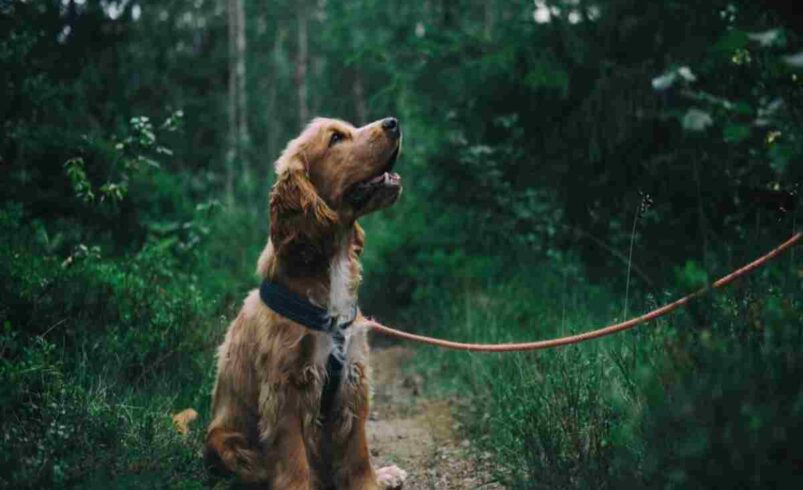Drawing:znnauq4mcdm= Dog
The company most people rely on, and maybe the best friend of man, has been a dog for centuries. Dogs have had a mega influence on human lives, from being partners in hunting to being someone’s pet around the house. They are not just companions but children, guardians, counselors, and sometimes even rescuers.
Drawing:znnauq4mcdm= Dog
By exploring the specific gender and sex of these animals domesticated from wild wolves, this paper seeks to demonstrate this complex and ever-changing nature between humans and dogs. This article specifically focuses on the changes in these animals’ turning into owned pets and the impact of human interference on the species’ gene pool.
In the past, a significant evolution occurred in the canine genus, as some wild wolves started living among early people. Following the smell of food, the wolves began to stray about the outskirts of these dwelling places. The process of appearing and mixing with people started when less aggressive individuals of the grey wolf survived the generations that were more tolerant of people.
Thus, this synergy was, in a way, beneficial to both parties. Humans have a shield against dangerous animals, and wolves have a better chance of obtaining food for nourishment. Through these years, the lupine became a new breed as they gradually became man’s companion, the domestic dog, Canis familiaris. Analysis of molecular data from ancient dogs’ bones has led researchers to conclude that humans possessed domestic dogs between 15,000 and 20,000 years ago.
Understanding Dog Behavior
Explaining the complexities of dogs’ actions makes the relations between people and dogs more productive and can also improve the lives of dogs in those societies. This section helps to explain how communication is made through gestures and stresses the parameter of socialization.
Communication Through Body Language
In the present study, dogs were used as participants because, despite being unable to speak, they masterfully convey affect, cognition, and desire through a well-oiled system of nonverbal signals. For instance, if a dog is wagging its tail, this could be interpreted as a sign that the dog is happy, or just the opposite, it’s necessary to look at the entire picture – if the dog has a stiff and pointed tail, this could mean you’re in danger, or the dog wants to attack you.
It should also be understood that facial patterns are essential in transmitting messages. One can use vibrant language through detailed eye contact with the position of one’s ears and teeth. For example, a soft and unthreatening look at the camera may mean happiness, and exposure of teeth may mean anger, fear, and so on.
Risking this bark as the only unambiguous signal directly results in falsely interpreting these signs and often compromising that relation. Research indicates that other non-verbal elements are better comprehended by experienced dog owners, trainers, or behaviorists, so awareness is needed.
The Importance of Socialization
Puppy socialization is essential in preparing them for responsible growth into adulthood and giving them the necessary confidence in their interaction with their surroundings. This process covers acts of presenting the pup to a number of experiences, people. And places during the early months of the pup, preferably between the ages of three and twelve weeks. Websites such as the American Veterinary Society of Animal Behavior. Agree with the importance of socialization, especially during the early months of the dog’s life.
For instance, socializing a puppy involves exposing the puppy to various new sounds, smells, and surfaces. Which, if tolerated in the process, will help reduce the reaction given to similar stimuli at another point in life. It is useful when meeting with different people, whether they are kids, seniors, tall, short, boisterous, or shy. Which makes them grow up more accepting of those types of people. And may decrease the likelihood of experiencing fear or aggression in the future.

